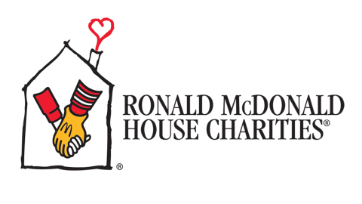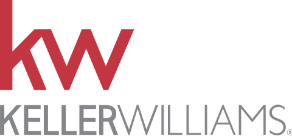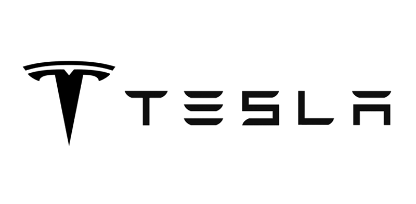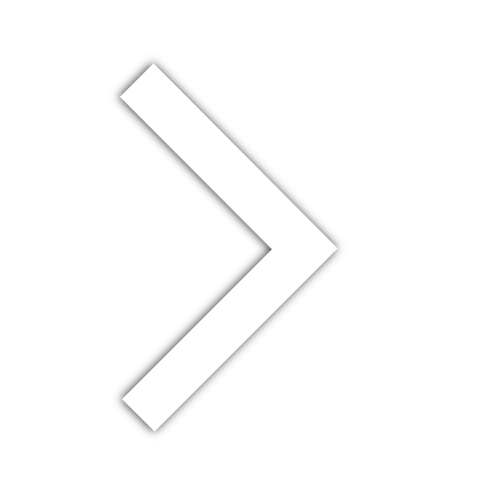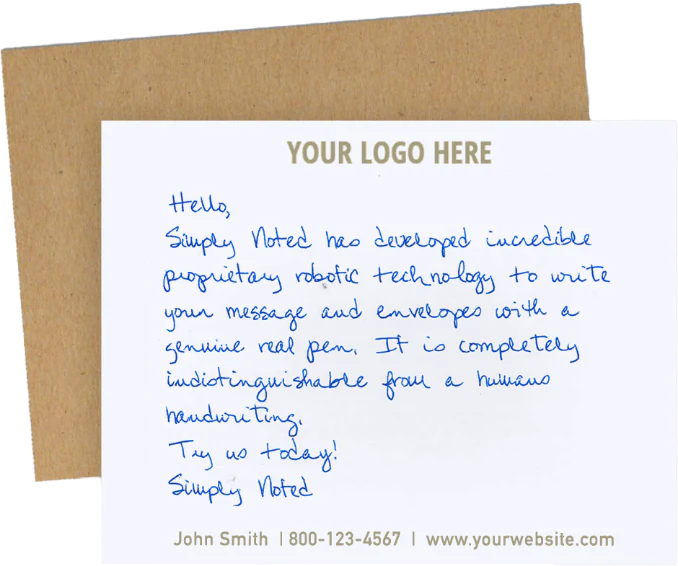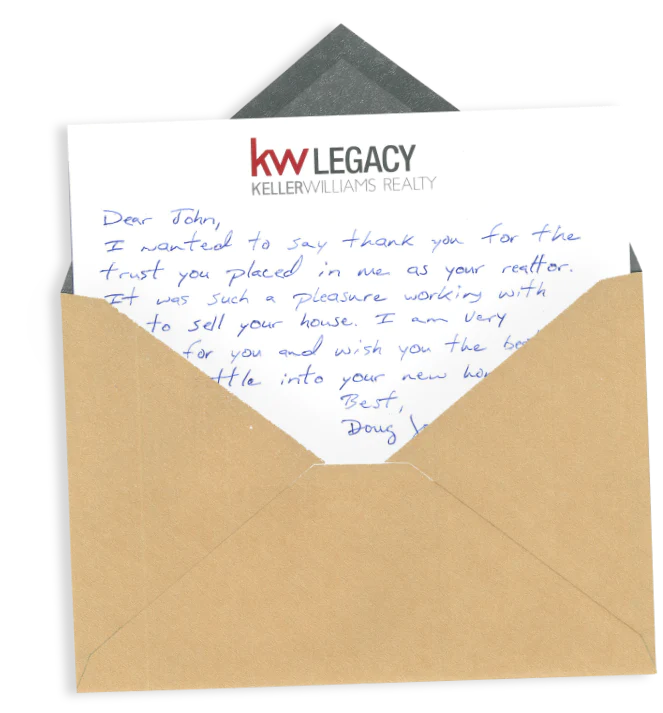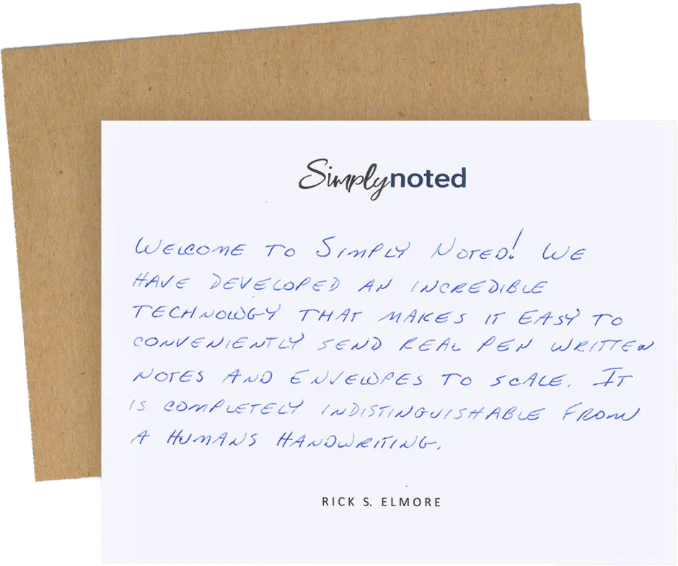How to Build Brand Awareness

When you start a business, it doesn’t matter how great your product is or how useful people are likely to find your service — no one will know who you are. You may have a killer logo and a carefully crafted brand identity, but until you build brand awareness, your work will languish in obscurity.
Brand awareness involves more than just simple recognition. Consumers that are aware of your brand can recognize it in a lineup and also spool off details about its offerings, what it stands for, common emotional associations, and more. In short, awareness of a brand implies a personal connection. Not only does someone know about the brand, but it also means something to them.
In this way, building brand awareness involves distinguishing yourself from your competition. People should be familiar with what makes you different. Because if you can’t differentiate yourself from other market players, your brand will fade into the background din.
So how do you build brand awareness? If you’re a major corporation, you simply plaster your name, logo, and story on every billboard, television, and computer screen in the country. But most small to mid-sized businesses don’t have that sort of advertising budget. Instead, they need to get creative.
SEE ALSO: Holiday Cards for Business
Brand Awareness Increases With Repeated Exposure

It’s crucial that business owners understand that building brand awareness isn’t a “one and done” process. Just because someone’s seen your logo or visited your website doesn’t mean they’re truly aware of your brand.
Brand awareness implies familiarity, and that can only be built over time. Think about the brands that mean something to you. Did they lodge themselves in your mind the first time you saw them, or, like a relationship, did your familiarity grow the more you interacted with them?
Relationships work much the same way. If you pass someone on the street, you’re likely to forget them the next day, even if they made an impact on you in some way. But if you passed them on the street, and then ran into them later and had a conversation, you’re much more likely to remember them.
Maybe they get coffee at your usual spot, and you chat with them frequently. Now you know their name, what they do, what they’re interested in, and other personal details about their life. At this point, you can say you’re truly aware of them as people.
Building brand awareness follows a similar trajectory. You need to get your brand in front of people and motivate them to interact with it until they build a relationship.
SEE ALSO: Gratitude is a Business Strategy
Leverage Your Brand Identity

To extend our analogy above, consider what it is that makes your new coffeeshop friend memorable. Is it their haircut or the green leather jacket they commonly wear? Probably not. Instead, it’s who they are as a person. It’s their identity — what they’re interested in, what they stand for, and what makes them unique — that you get to know over time.
These same features build brand awareness. It’s not enough for people to see your logo or a picture of your product. That’s your brand’s haircut. To build a meaningful relationship, they need to get to know what your brand is all about. This is your brand identity.
If you haven’t given it thought already, you need to determine your brand’s meaningful characteristics. What does it believe in? What is it trying to accomplish (besides making money)? What makes it special? Imagine your brand was a person and then describe that person in as much detail as you can.
Then, when you reach out to consumers, help them get to know the brand personality you’ve built.
SEE ALSO: How to Start a Business on a Shoestring Budget
Build a Strong Social Media Presence

It’s no surprise that social media is a dominant force in our lives, one that attracts a massive audience. It’s also an excellent way to build brand awareness because it speaks directly to consumers. It offers brands an opportunity to interact personally with their prospects and customers.
Determine who your target market is, and then create brand accounts with the social platforms they frequent. Then post useful information, funny memes, and stories that share details about your brand identity. You’re trying to help customers get to know you, so you want to create snackable bits of content that are easy for your fans to share.
Additionally, you want to answer every question and comment in a consistent brand voice that’s unapologetic about who your brand is. That means taking a stand on issues that matter and interacting with other brands in your field. To maximize the benefit of your social strategy, you need to build a following and interact with them frequently. This tends to build goodwill and create buzz that will gradually spread beyond those you’re interacting with.
SEE ALSO: Ways to Thank Someone For Offering Help
Be Where Your Audience Is
Social media is a crucial first step, but it’s not enough on its own. To truly build brand awareness, people need to find you in multiple places.
Sponsor Events
Imagine your target market includes young, creative types. You might sponsor local film festivals. If you’re trying to reach pet owners, you could consider supporting free spay and neuter clinics.
Sponsoring local events brings your brand to the people that need to see it and allows you to interact with them in person. It also creates links between consumers and your brand identity. They understand that brands sponsor events that resonate with their values.
SEE ALSO: 4 Formal Business Letter Samples
Create a Blog and Guest Blog for Related Websites
Blogs are an excellent way to create content you can share with consumers. They help establish your brand as an authority and create content that strengthens SEO.
Guest blogging extends your blog’s reach to potential customers that aren’t currently connected to you. Just be sure to select blogs that cater to your target market. A blog is an excellent tool for building brand awareness.
SEE ALSO: How To Write Thank You Letters to Your Customers
Use Pay-Per-Click Advertising
Sites like Google, Facebook, Instagram, and more provide sponsored ad opportunities that only cost when someone clicks. This can be a very economical way to advertise and build awareness.
The most significant benefit of PPC advertising is its targeting abilities. You can specify particular audiences, based on dozens of demographic data points, which means precisely reaching the people most likely to respond to your brand.
Just be sure to tell compelling stories with your ads. Tell people about who your brand is and what it can do for them. Strive to make a personal connection. Remember, awareness is more than just passing familiarity. You might be aware that someone named John Smith exists. But there are millions of John Smiths. Until you know specific details about a particular John Smith, you aren’t actually aware of that person.
Building brand awareness takes patience, persistence, and time.






